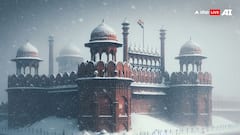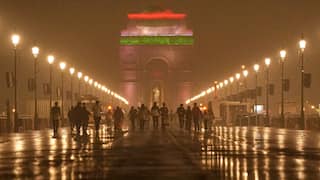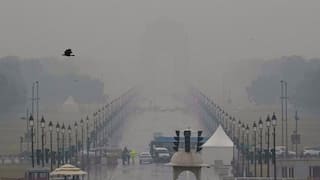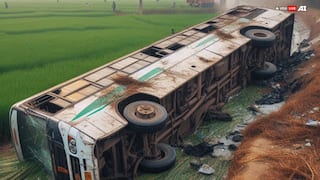Japan Earthquake Death Toll Surges To 168, More Than 300 People Still Missing
A woman in her 90s survived five days under the ruins of a collapsed house in the prefecture's city of Suzu before being rescued on Saturday.

The number of persons still missing following Japan's New Year's Day earthquake more than quadrupled to 323 on Monday, while the dead toll soared to 168, according to local officials, news agency AFP reported. Meanwhile, a heavy snowfall hampered relief operations a week after the 7.5-magnitude quake, with more than 2,000 people still cut off and many others without electricity or forced to seek refuge in overcrowded emergency shelters.
The number of missing individuals increased from 31 to 281 in Wajima, one of the hardest-hit areas where the quake flattened dozens of houses and a massive fire damaged a broad region, according to a revised list released by Ishikawa prefecture in central Japan on Monday.
A woman in her 90s survived five days under the ruins of a collapsed house in the prefecture's city of Suzu before being rescued on Saturday.
In police's video footage from the damp scene aired by local media, rescuers can be heard shouting to the woman, "Hang in there!"
"You're gonna be OK!" they shouted. "Stay positive!"
Naoyuki Teramoto, 52, was inconsolable on Monday when three of his four children's remains were discovered in the town of Anamizu.
"We were talking about going to Izu," a well-known hot spring resort, when his daughter passed her high school entrance test, he told NTV.
Days of rain heightened the likelihood of further landslides, while new heavy snow – more than 10 centimetres (four inches) in spots – might cause more structures to fall under its weight, according to the regional authorities.
On Monday, over 18,000 houses in the Ishikawa area were without power, while over 66,100 families were without water on Sunday.
According to media accounts, many of the 28,800 individuals crammed inside government shelters lacked access to water, power, and warmth.
"Disaster-related deaths must be prevented at all costs. I want to improve the poor environment in shelters," Ishikawa governor Hiroshi Hase told broadcaster NHK.
"The first priority has been to rescue people under the rubble, and to reach isolated communities," Prime Minister Fumio Kishida told NHK on Sunday.
To reach the distant towns, the government has "deployed various police and fire department helicopters" as well as small groups of military on foot, he added.
Every year, hundreds of earthquakes strike Japan, albeit the vast majority inflict minimal damage due to tight construction rules in place for more than four decades.
However, many structures are older, particularly in increasingly ageing rural villages like Noto.
The country is scarred by the 2011 monster quake, which created a tsunami, killed or went missing around 18,500 people, and caused a nuclear disaster at the Fukushima facility.
Trending News
Top Headlines





































